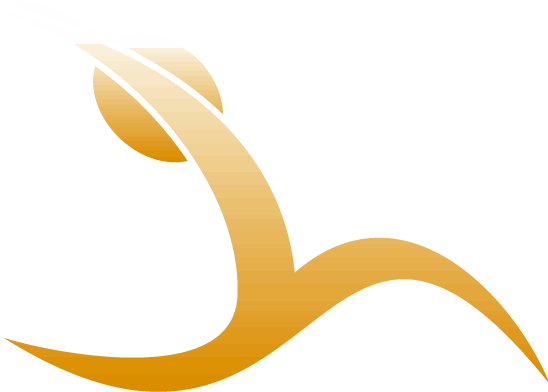mIsTY
Montreal International Symposium on Therapeutic Yoga
MISTY
ONLINE
Recordings of Live Sessions

Presented by H~OM Yoga
yoga THERAPY & Science
reSearch/Facts/Experience/Tools/Wisdom/Fun!

Jayne Hembruff
BSc, Trauma-Informed Therapeutic Yoga Practitioner
BIO
Jayne Hembruff
BSc, Trauma-Informed Therapeutic Yoga Practitioner
InnovativeWellness.ca
Jayne Hembruff is an esteemed figure who beautifully blends her knowledge and experience in the areas of yoga, mental health, and trauma-informed care, bringing over three decades of dedicated experience to her role as the ideal presenter for the session on "Mindful Recovery after a Brain Injury: Lessons Learned from a Catastrophic Motor Vehicle Accident - Applying Trauma-Informed Yoga Therapy."
With a foundation in personal yoga practice and volunteering with individuals living with serious mental health diagnoses in the late '80s, Jayne's transformative journey reached a pivotal moment in 2006 when she participated in a groundbreaking research project focused on diabetes prevention in individuals with schizophrenia through yoga instruction.
Committed to her own learning, she has accumulated over 1000 hours of therapeutic yoga teacher training, caregiver training, and extensive mental health and trauma-informed education. Her influence extends beyond her personal journey to advocacy and partnerships with regional organizations such as the Suicide Prevention Council, Canadian Mental Health Association, and Home Care and Community Support Services. Jayne's significant accomplishments include the development of an innovative approach to trauma-informed yoga therapy, validated through a comprehensive five-year study, and a collaboration with renowned academic Dr. Stuart Shanker.